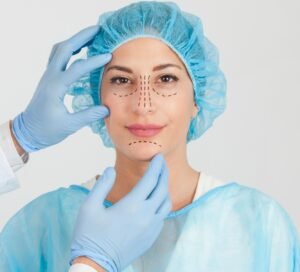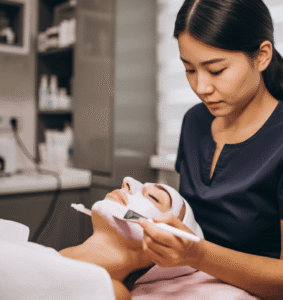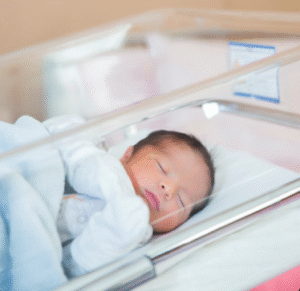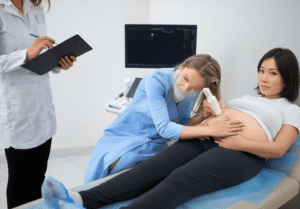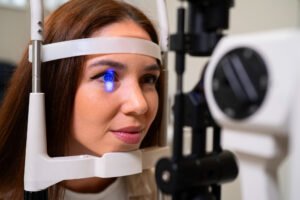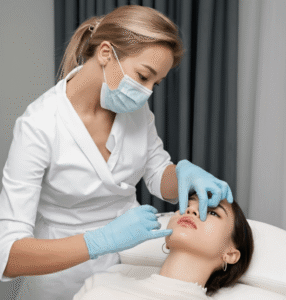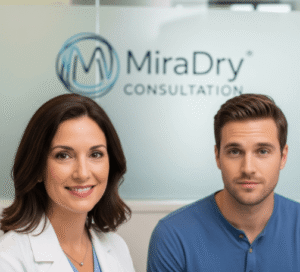What It Is
Skin excision for rhinophyma is a surgical procedure used to remove thickened, bulbous skin growths on the nose caused by rhinophyma, a severe form of rosacea. Rhinophyma leads to enlarged oil glands, irregular skin texture, and nasal deformity, often making the nose appear swollen or disfigured.
In Korea, skin excision for rhinophyma is performed with scalpel excision, electrosurgery, dermabrasion, or laser resurfacing to restore a more natural nasal contour while preserving function and breathing.
Why It’s Done
Patients undergo skin excision for rhinophyma because:
- The nose has become enlarged, bumpy, or disfigured.
- They experience breathing difficulty due to obstruction in severe cases.
- Rhinophyma affects self-confidence and social interactions.
- They want to improve nasal appearance and skin texture.
Good candidates include:
- Patients with advanced rosacea leading to rhinophyma.
- Men (more commonly affected) and women with significant nasal deformity.
- Those in good overall health with realistic expectations.
Alternatives
- Medication (oral isotretinoin, topical therapies): May slow rosacea progression but does not reverse rhinophyma.
- Laser resurfacing (CO₂ or Er:YAG laser): Improves contour in mild to moderate cases.
- Dermabrasion or electrosurgery: For reshaping in less severe cases.
- No treatment: Rhinophyma may worsen without intervention.
Preparation
Before skin excision for rhinophyma in Korea, patients will:
- Undergo dermatologic and surgical evaluation.
- Stop smoking and alcohol 2–4 weeks before surgery.
- Avoid blood-thinning medications and supplements.
- Treat any active skin infections or rosacea flare-ups before surgery.
How It’s Done
- Anesthesia: Local anesthesia with sedation or general anesthesia depending on extent.
- Excision: Thickened nasal tissue is removed with a scalpel, electrosurgical loop, or laser.
- Reshaping: The surgeon carefully contours the nose to restore symmetry and natural lines.
- Adjunctive resurfacing: Dermabrasion or laser may be used for a smoother finish.
- Duration: 1–3 hours, usually outpatient.
Recovery
- First week: Redness, swelling, and mild discomfort; dressings and ointments applied.
- Return to activities: Most patients resume normal activities in 7–10 days.
- Final results: Nasal shape improves within 1–2 months as skin heals, with scars fading over time.
Possible Complications
- Infection or delayed healing.
- Visible scarring or uneven contour.
- Pigmentation changes (temporary redness or discoloration).
- Recurrence of rhinophyma in rare cases.
- Rare risks: excessive bleeding or nerve injury.
Treatment Options in Korea
Diagnosis
Korean specialists use clinical examination, dermatoscopy, and sometimes biopsy to confirm rhinophyma and rule out other skin conditions.
Medical Treatments
- Oral isotretinoin to slow sebaceous gland enlargement.
- Topical rosacea treatments for ongoing management.
Surgical or Advanced Therapies
- Direct skin excision with scalpel or electrosurgery for severe rhinophyma.
- CO₂ or Er:YAG laser resurfacing for precision contouring.
- Dermabrasion to smooth irregular surfaces.
- Combination approaches for optimal aesthetic and functional results.
Rehabilitation and Support
- Scar management with silicone gels or fractional laser.
- Long-term rosacea management to prevent recurrence.
- Follow-up visits for contour evaluation and skin care guidance.
- International patients benefit from Korea’s expertise in rhinoplasty, dermatologic surgery, and advanced laser technology.


